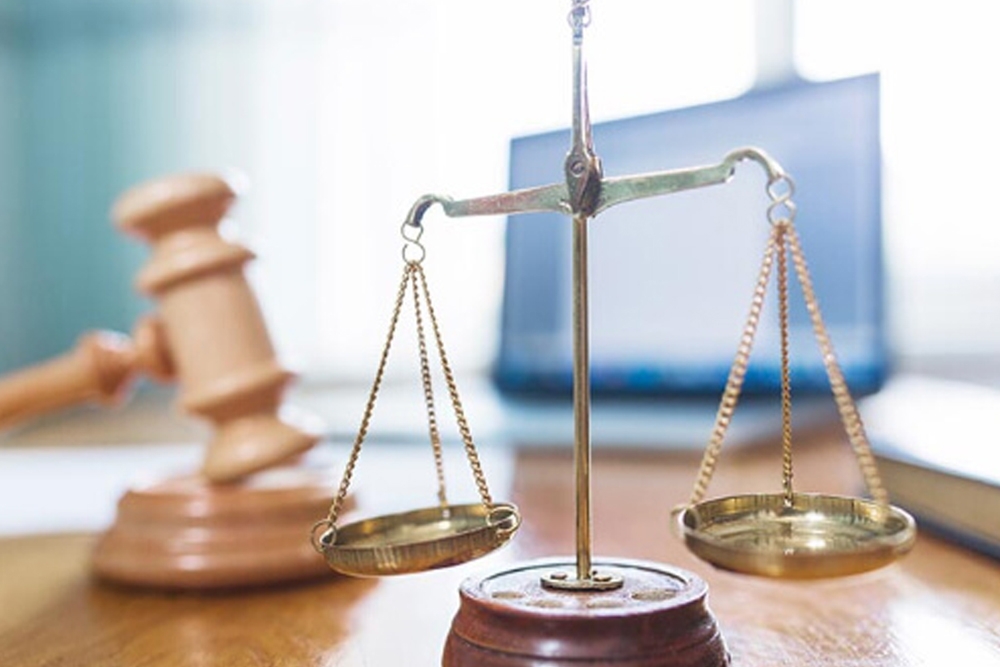Calculating Your Chapter 13 Payments

Chapter 13 bankruptcy law and procedure appears to be a complicated mess to the outsider. The heart and soul of Chapter 13 is the repayment plan, but obtaining a confirmed plan can sometimes get technically difficult. Confirming a Chapter 13 plan essentially boils down to examining six “tests” outlined in the Bankruptcy Code:
1. Administrative claims
2. Priority claims
3. Secured Creditor claims
4. Best efforts of the debtor test
5. Best interest of creditors test
6. Feasibility
Administrative Claims
Administrative claims are paid 100% during the Chapter 13 case. Common administrative claims include court fees, trustee fees (3% to 10% of each monthly payment), and attorney fees.
Priority Claims
Priority claims are paid 100% during the Chapter 13 case. Priority claims include:
certain recent taxes
domestic support obligations such as alimony and child support
salaries, wages, or commissions owed to employees
certain customs duties and penalties owed to the government
claims arising from death or injury caused by operation of a vehicle while intoxicated, and
contributions owed to employee benefit plans.
Secured Creditor Claims
For secured property that is retained, any arrearage is paid 100% during the Chapter 13 case. In other words, if you fell behind a few payments on your house or car, you must pay that amount during the bankruptcy. You must also pay any future payment that comes due during the case or the creditor can ask the court for permission to repossess or foreclose on the property. In some cases the terms of a secured debt can be modified by the bankruptcy court and paid in full during the case.
Best Efforts of the Debtor Test
This test means what it says: the debtor must make his best effort to repay unsecured creditors. The bankruptcy law looks to your disposable income and to the applicable commitment period as calculated and determined by the bankruptcy means test. The debtor and bankruptcy trustee sometimes disagree on the means test calculations, which can result in a payment to unsecured creditors between 0% and 100% of the total debt.
Best Interest of Creditors Test
Under this test you must pay your unsecured creditors in a Chapter 13 case as much money as they would receive if you filed a Chapter 7 bankruptcy. This calculation includes equity in non-exempt property and the money the trustee can recover from any preference payments or fraudulent transfers of property, minus the cost of liquidation and the trustee fees and expenses. For instance, if you have a car worth $10,000, you owe $2,000, and you have a $2,000 in available exemptions, then you must pay your unsecured creditors $6,000 during your case for the non-exempt equity in your car.
Feasibility
Your plan payment must be feasible, meaning it must be both practical and affordable.
Chapter 13 is a powerful tool for restructuring your finances in a way that you can afford. The tests contained in the Bankruptcy Code form the framework for balancing the rights of both you and your creditors. In most cases your payments in Chapter 13 bankruptcy are significantly less that your payments before bankruptcy. An experienced bankruptcy attorney can analyze your situation and tell you exactly how much you have to pay during your Chapter 13 case.
